Excellent Eye Care for the Elderly: A Comprehensive Guide
The elderly are a treasure trove of knowledge and accomplishments for any culture. This trend indicates the success of healthcare initiatives and the fact that people are living longer than ever before. It is crucial to support healthy behaviours that improve eye health long-term, especially among the elderly. Access to quality eye care treatments, especially for the elderly, is vital.
How can one maintain sharper vision into old age?
- Annual eye exams
Kids this age must get an annual eye exam from an ophthalmologist. Its value lies in its ability to detect eye disorders at an early stage (such as cataracts, AMD, and glaucoma) and in the information it can provide about the presence of other, more systemic diseases, such as diabetes and hypertension.
- Regular readings for blood glucose, cholesterol, and blood pressure
Hypertension, diabetes, and atherosclerosis increase the risk of vision loss owing to blood vessel changes in the eyes. Eye injuries might include bleeding, swelling, and blocked blood vessels.
- Always use your corrective eyewear
It is common knowledge that near and farsightedness are common among the elderly. Due to improved vision, wearing them reduces the likelihood of trips, slips, and falls. If a senior with low vision do not improve their eyesight through medical or surgical treatment, the ophthalmologist will recommend low vision aids to ensure the senior’s continued independence.
- Put on your safety glasses.
It is essential to shield the eyes from the sun’s dangerous UV rays. Eye protection comes from a brimmed hat or a scarf/dupatta. They are putting on protective eyewear, such as prescription sunglasses.
- Start living a healthy way of life
Leafy greens, whole grains, fruits, and vegetables provide all the nutrients you need for your eyes and body. Exercise keeps you healthy and fit. They require enough training to keep their eyes healthy, which raises their heart rate and breathing rate.
Can you tell me about the typical ageing-related issues that people face?
- Vision impairment due to dry eyes:
Entropion and ectropion, which reduce tear production and lid function, are the main causes of dry eye in the elderly. Smoking worsens dry eyes, menopause, computer use, sugar abuse, dehydration, autoimmune diseases, and allergies. Due to age-related lens thinning, presbyopia—near vision blurring—usually appears in one’s forties. Patients should wear reading glasses for immediate tasks.
- Cataract:
Elderly cataracts are the most frequent eye condition. Cataracts blur vision over time. Inflammation, surgery, and metabolic illnesses like diabetes accelerate cataract development. Cataract surgery can enhance or even restore vision. Therefore it’s safe. Cataract surgery and intraocular lens implants regain vision.
- Glaucoma:
Glaucoma is a condition of the eye characterised by gradual vision loss due to injury to the optic nerve, which may be associated with increased intraocular pressure. Open-angle glaucoma and closed-angle glaucoma are the two main types.
- Eye damage caused by diabetes, also known as diabetic retinopathy.
Diabetes patients who fail to maintain stable blood sugar levels are at risk for developing diabetic retinopathy, which can endanger their eyesight. Loss of vision occurs because new blood vessels grow on the retina, and because these vessels leak fluid and blood, swelling and haemorrhaging occur.
Conclusion
You should routinely visit an ophthalmologist if you experience any of the above symptoms. To schedule an appointment for Cataract Surgery or any other eye care services, please get in touch with Rana Eye Hospital.

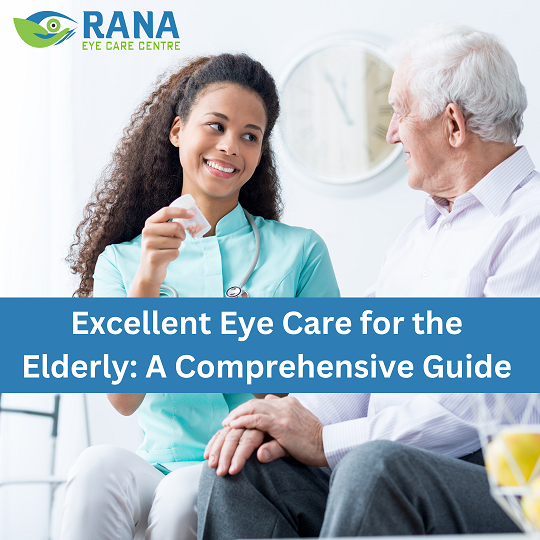
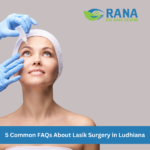
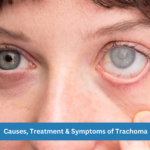
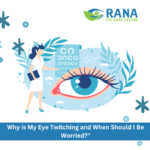
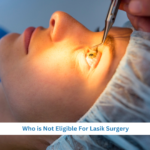
No Comments